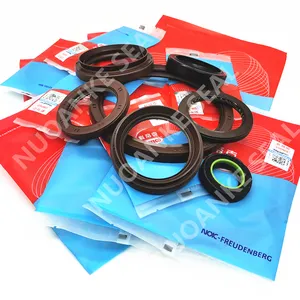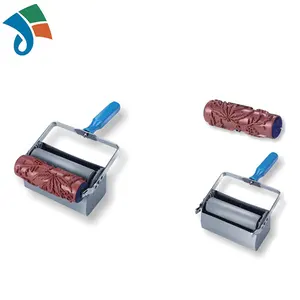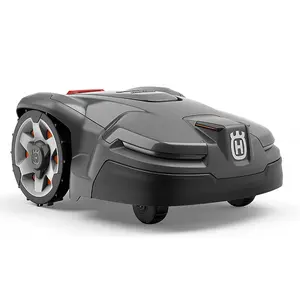Popular in your industry





















































Top categories
About clutch facing and rivet
Exploring the Versatility of Clutch Facing and Rivet Solutions
The realm of industrial components is vast and varied, with clutch facing and rivet products standing out as essential elements in numerous applications. Clutch facing, a critical part of the clutch assembly, works in tandem with rivets to ensure smooth operation and reliable performance in machinery. This introduction delves into the intricacies of these components, their types, applications, and the materials that make them indispensable in the industrial sector.
Types and Applications of Clutch Facings and Rivets
Clutch facings come in various materials, including organic, ceramic, and sintered metal, each serving specific operational needs. The selection of a clutch facing depends on factors such as heat resistance, friction coefficients, and wear characteristics. Rivets, the counterparts of clutch facings, are equally diverse. They range from solid rivets to semi-tubular rivets, each type designed to offer robust fastening solutions in different environments. Applications of these components span across automotive, aerospace, and marine industries, where they play pivotal roles in the assembly of machinery and equipment.
Features and Materials of Clutch Facing and Rivet Components
The features of clutch facing and rivet components are tailored to meet the demands of their applications. Clutch facings are engineered for optimal friction and wear resistance, while rivets are designed for strength and durability. Materials used in clutch facings include asbestos-free compositions and metal composites, ensuring safety and performance. Rivets are commonly made from materials such as aluminum, steel, and copper, offering a balance of strength and malleability for secure fastening.
Advantages of Opting for Quality Clutch Facing and Rivet Selections
Choosing the right clutch facing and rivet can lead to enhanced performance and longevity of machinery. The correct pairing can reduce maintenance frequency and improve the overall efficiency of the equipment. With a focus on durability and reliability, these components are crucial for industries that demand precision and robustness in their operations.
Understanding the Significance of Clutch Facing and Rivet in Various Industries
In the fabric manufacturing sector, rivets for fabrics are a staple, particularly in the production of denim wear. Meanwhile, in the construction and machinery fields, specialized rivets are employed for their ability to withstand high-stress conditions. For marine applications, aluminum boat rivets are sought after for their corrosion resistance and strength, essential qualities for vessel maintenance and repair.
In conclusion, the category of clutch facing and rivet encompasses a broad spectrum of products each designed to fulfill specific roles within various industrial applications. Understanding the nuances of these components is key to selecting the appropriate type for your machinery needs.







































